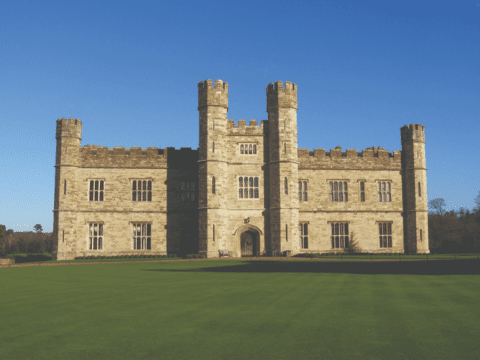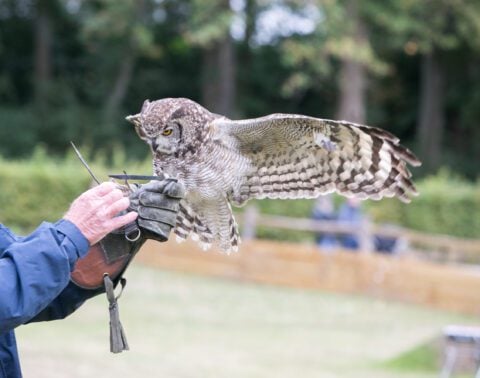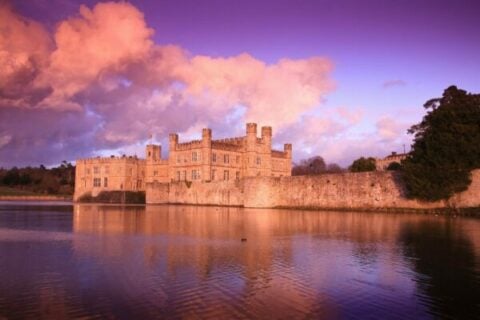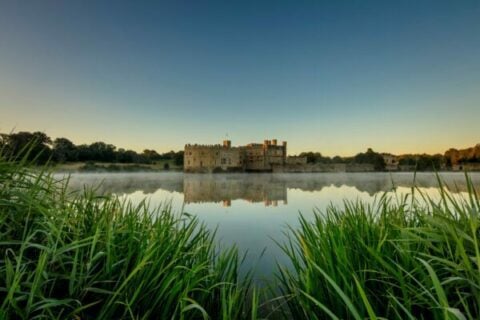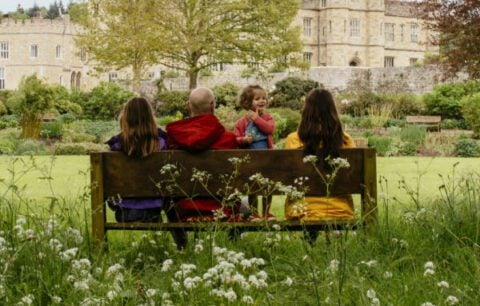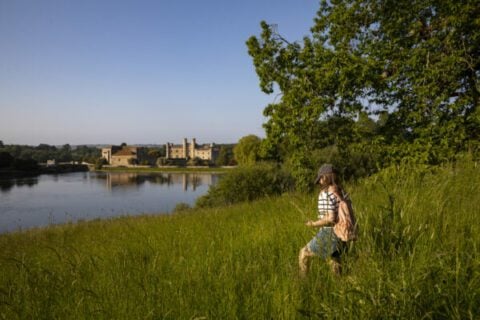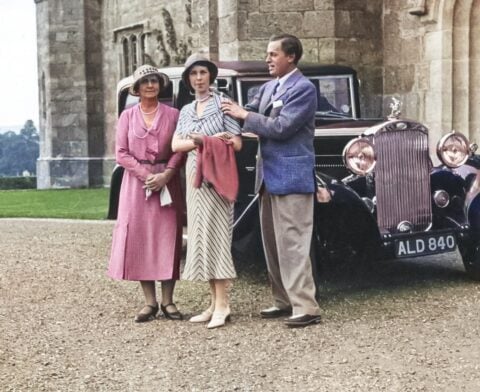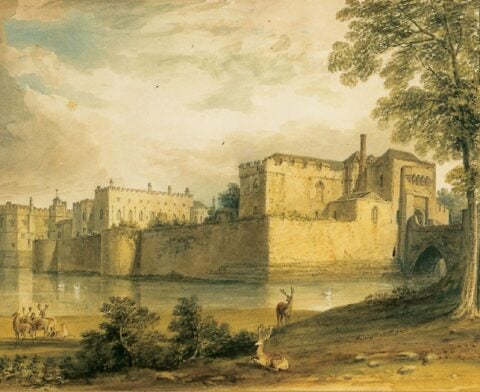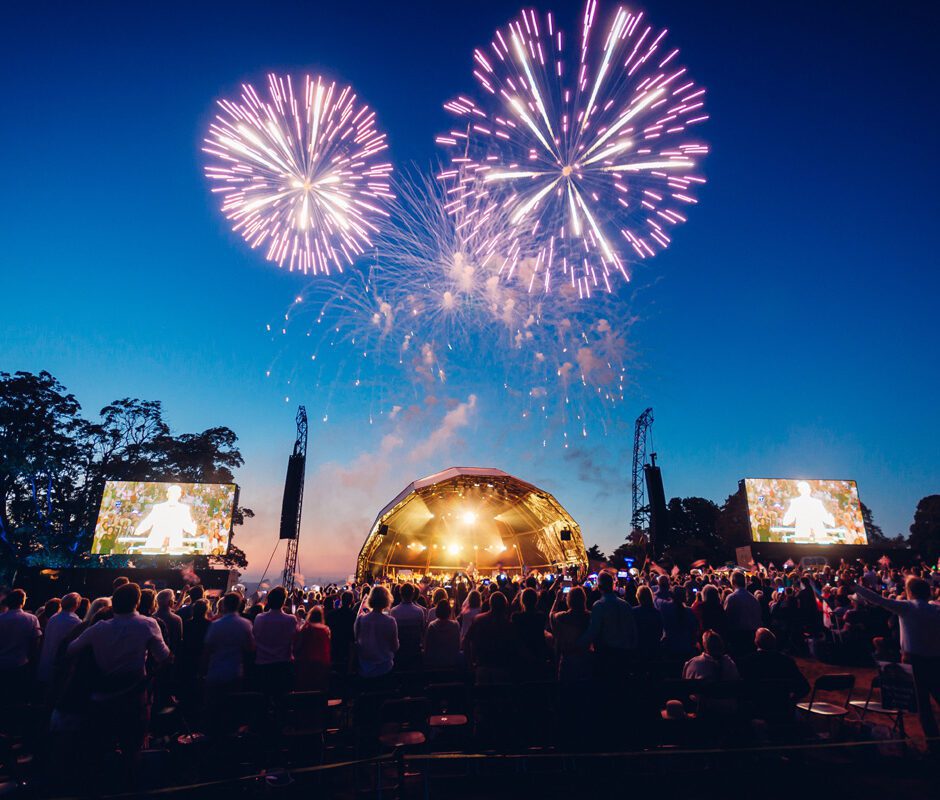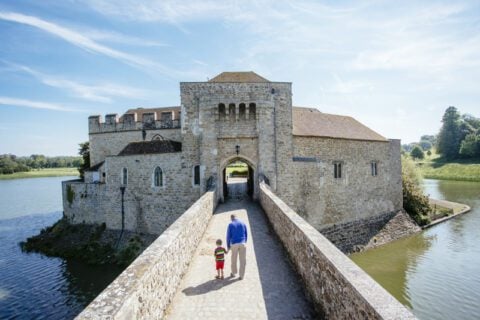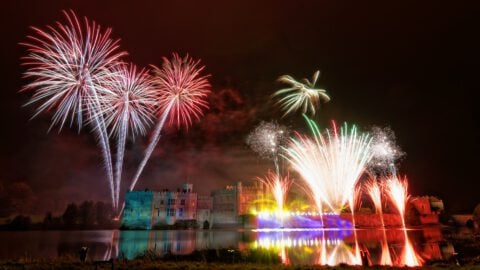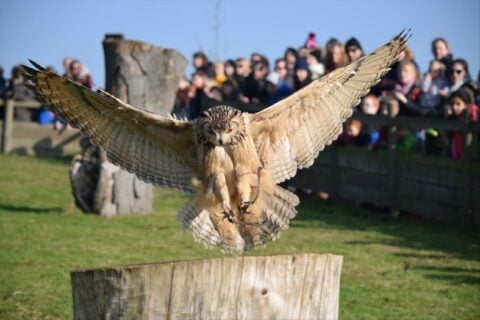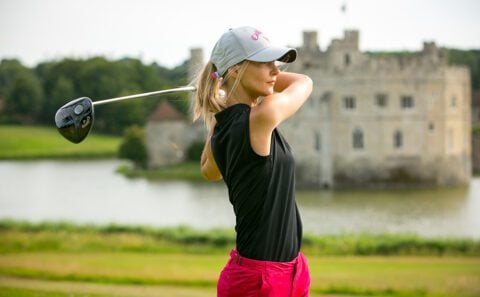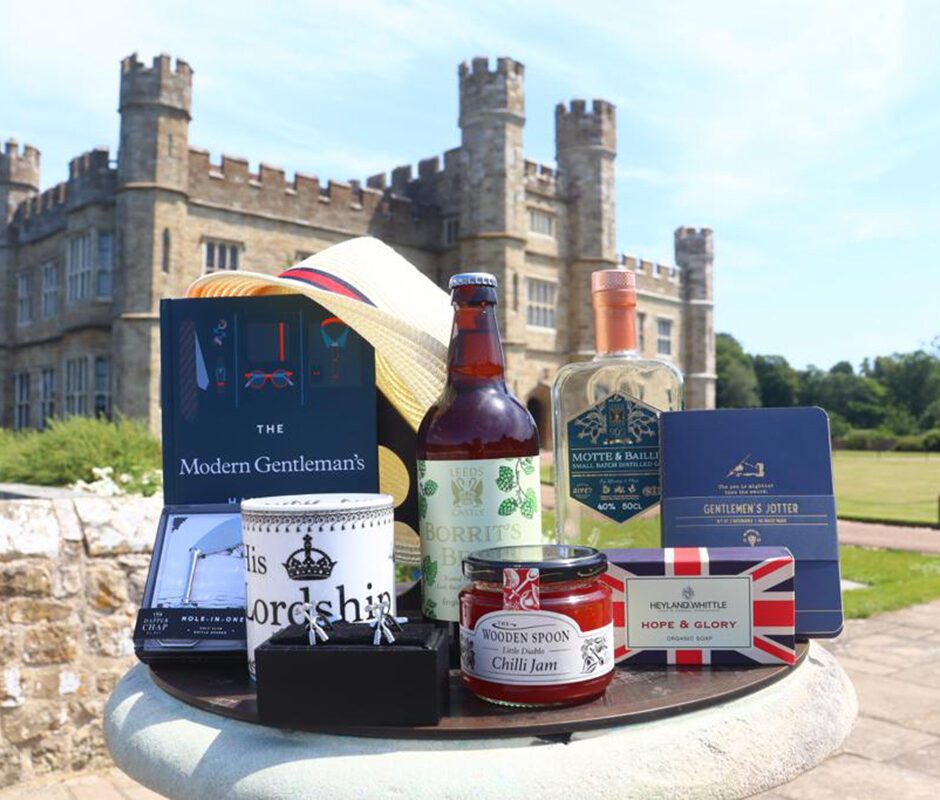As part of the 75th anniversary of VE day we will be exploring Leeds Castle’s involvement in World War II with a series of articles posted each day.
Leeds Castle as a Hospital
During the war the British Red Cross Society and the St John Joint War Organisation took over suitable
country properties, under private agreement with their owners, to provide beds for the treatment of
wounded servicemen and women. Leeds Castle was one of these properties. Lady Baillie had served
with the Red Cross as a VAD (Voluntary Aid Detachment) nurse in 1918 and when Leeds Castle became
a hospital in 1940 she once again donned a uniform, albeit a purely honorary one this time.
When the first VADs arrived in June 1940, the Leeds Castle Hospital had no patients and so the young
nurses made themselves at home. Lady Baillie, assuming that there were patients in the beds, brought
some weekend guests to visit them. Finding only the nurses, she re-housed them in the stable yard,
where they occupied the archway rooms, formerly used by the unmarried men on the Castle staff, which
today is the Education Centre.
The Baillie family moved into the back half of the Castle (the Gloriette), where they remained for most
of the war. Susan, Lady Baillie’s youngest daughter also became a VAD nurse and worked in the hospital
wards.
In July 1940 the Castle was occupied by 10 Company, Royal Army Medical Corps and throughout the Battle
of Britain, in August and September 1940, the hospital treated casualties from
the war in the air, both friend and foe. An operating theatre was set up in what
is now the Green Bedroom and one of the first casualties to be treated there
was a German pilot who had parachuted out of his plane and had to have a leg
amputated.
J. Melville-Smith, a VAD nurse remembers: “After Dunkirk we were sent to
Hellingly Hospital and then with a short spell at Leeds Castle on to
Chartham, a new (unfinished) wing of the mental hospital which was now
a Military Hospital.”
Mrs Barbara Harper also remembers nursing at Leeds Castle following both
Hellingly Hospital and Shorncliffe: “All our patients at this time were pilots,
both English and German. The wounds we treated were mainly broken
limbs and burns to the hands and faces. The burns we treated with Gentian
Violets.”
Mrs Harper also remembered posing for a photograph with Lady Baillie: “As VAD nurses, our skirts had
to be the regulation 12 inches from the ground. When we saw the photo, we realised that hers was much
shorter!”
Once the Battle of Britain was won and the threat of invasion had receded, the hospital was emptied
of patients and re-opened as a hospital for officers.
Frank Yates remembers suffering with the flu during his stay at Leeds Castle: “I was almost unaware
what was happening when two more orderlies arrived, strapped me to a stretcher and carried me
downstairs to a waiting ambulance. When I next awoke I was in a hospital ward, fully panelled in oak
with stone mullioned windows. There were about 15 officers occupying the beds and a moat outside the
windows. I was in Leeds Castle, a beautiful medieval castle, near Maidstone. Most of the patients were,
like me, suffering from some virulent form of flu, the M.O. [Medical Officer] informing us that there had
been two deaths in the division, due to the bug. When someone has a couple of days off and says that
they have had flu, believe me they haven’t!”
VADs (members of the Voluntary Aid Detachment) were found in just about every wartime setting
imaginable. Formed in 1910, the VAD was created to provide nurses to meet anticipated wartime
shortages. About 126,000 VADs served during the whole of the First World War of whom 129 were
killed. They worked on the Home Front and overseas, and as well as general nursing, they ran dressing
stations and emergency hospitals, as well as clerking, ambulance driving and cooking. In the Second
World War the VADs enlisted totalled 15,000 and were drawn from the Red Cross, Order of St John
and St Andrew’s Ambulance Association. They were civilians and so not counted as part of the
auxiliary forces.
Find out more about Leeds Castle during World War II with our Educational Resources Booklet
